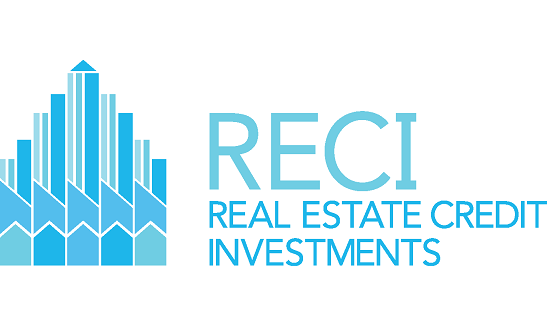Even as macroeconomic uncertainty remains front of mind, a compelling rotation of capital is gathering momentum in commercial real estate markets, particularly within Europe. Institutional players, spooked by the uneven regulatory and policy environment in the US, are increasingly gravitating toward European assets. What they are finding is a market offering both strategic resilience and a reprieve from the volatility across the Atlantic.
Take lending as a prime example. Across Europe, nearly four‑fifths of real‑estate lenders now plan to escalate origination activity this year, notably loosening loan terms to accommodate more borrowers. The chief impetus is refinancing: a wave of debt maturities is coming due and lenders are keen to retap the market. Margins are compressing; advance rates are rising. Multifamily and other “Living” subsectors are emerging as priority targets, capturing close to half of all lending interest. On the surface, this appears as a straightforward credit rebound, below the surface, it speaks to confidence in core asset cash flows and the safety of essential housing, even amid geopolitical friction.
Contrast that with certain US markets, where post‑pandemic office overhang, delayed policy action, and unpredictable regulatory winds have chilled investor enthusiasm. European real‑estate markets today offer a counter‑narrative: more stable fundamentals, more predictable policy, and the tailwinds of structural demand across residential, logistics, student housing and senior living. Lenders are responding, and their underwriting is beginning to reflect conviction, not just caution.
Investor sentiment supports this pivot. Fund allocators are trimming US exposure and rerouting capital to Europe. They cite clarity in policy, scrutiny over office vacancy risk in the US, and the age‑old appeal of income‑earning, generation‑spanning property types. The practical result is a clearer path to yield, not necessarily high returns, but predictable ones that serve income‑focused strategies well.
This steady repositioning signals a broader trend. Even major advisory surveys and industry round‑tables are reporting the same shift: delegated debt allocations, growing approvals, and a narrowing of US vs Europe spreads. With refinancing set to dominate, those repositioning now are likely to benefit from advantageous entry terms and a repricing environment that still favours well‑located, income‑producing assets.
Developers and asset managers are adjusting too. With capital more accessible in Europe, sponsor appetite is expanding beyond the safe core: they’re eyeing cold‑storage facilities, data centres and co‑living offerings, adaptable uses that align with urbanisation, ageing demographics, and technological change. Those sectors benefit from both supportive financing and sustained investor demand.
Amid this shift, Europe is quietly asserting itself not as the bold high‑beta choice, but as the considered strategic alternative. For investors, that matters: portfolio resilience now hinges not on chasing outsized return, but on securing context‑driven, durable income streams. Europe, at least for this cycle, can deliver on that promise.
Real Estate Credit Investments Limited (LON:RECI) is a closed-end investment company that specialises in European real estate credit markets. Their primary objective is to provide attractive and stable returns to their shareholders, mainly in the form of quarterly dividends, by exposing them to a diversified portfolio of real estate credit investments.







































